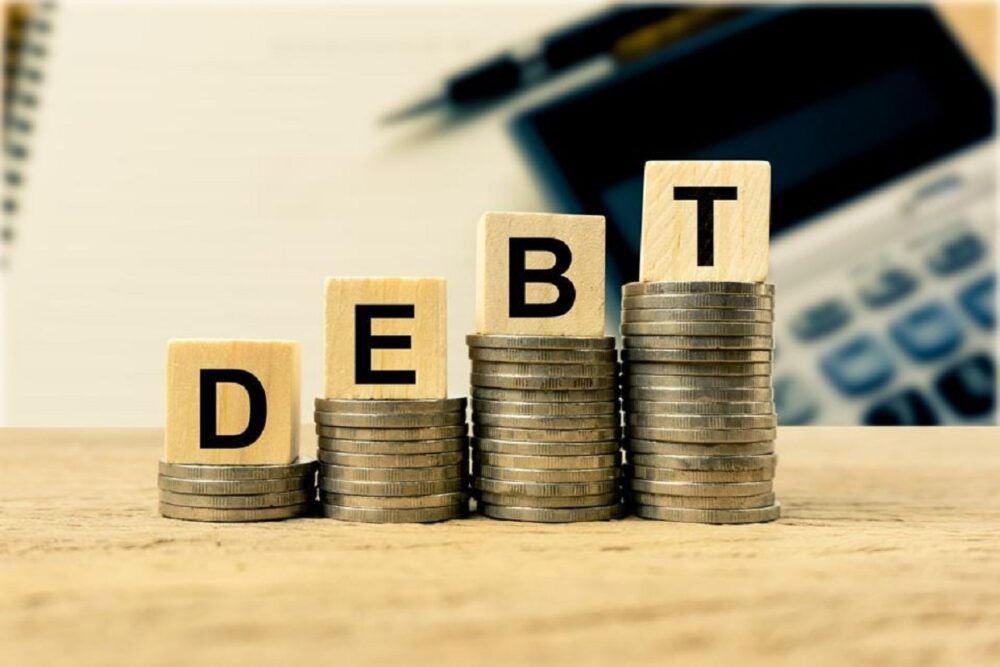
The credit report is an essential document for you as it can affect your financial life. So, you need to be extra careful about the report and monitor it regularly to make sure that all the entries are correct. If you find any wrong entries, get them rectified right away and recheck your credit score.
Having a collection account on your credit report can make it difficult to get approved for new loans, especially home and auto loans.
Debt collections can significantly damage your credit score. This can result in higher interest rates, less housing flexibility, and fewer options for financing, to name a few. It’s easy to get wrapped up focusing on the short-term and not think about the long-term repercussions. That’s why it’s important to know how to remove debt collection accounts from your credit report. If so, it’s time to take action and remove them from your credit report.
Request a Credit Report
The first step is to request a copy of your credit report from the three major credit bureaus. It is important to check all three reports because not all creditors report to each bureau. The bureaus are Equifax, Experian, and TransUnion. In addition to checking your credit report for collection accounts, you should also check for inaccuracies in other information, such as late payments or incorrect balances. Remember that you have the right to dispute anything on your credit report that doesn’t seem accurate.
Find Incorrect Information in Report
The credit bureaus and the company reporting the data need to be contacted if you find any incorrect information on your credit reports. This applies not only to error-ridden information regarding collections accounts but also applies to any other false information you discover.
To begin the process, you should dispute the incorrect data with both parties in writing, according to the Consumer Financial Protection Bureau (CFPB). If you have any documentation that proves your claim, please include it. Explain what you think is incorrect about the information. The following should be included in the letter you send to the credit bureaus and the company reporting the false information:
- Information about your full name and address.
- The incorrect information is highlighted on your credit report.
- An explanation of why the information is incorrect.
- A formal request to update, correct, or remove the information from your credit report.
They also provide contact information for each of the three credit bureaus on their website and sample letters. If you have any incorrect data on your credit reports, you can obtain the company’s mailing address that reported it.
The credit bureaus will investigate your dispute within 30 days of submission and receipt. When they remove the incorrect information from your credit reports, they will remove the incorrect collections activity from your credit reports. If the data on your credit report is accurate, however, no changes will be made to the collection activity.
Negotiate with Debt Collectors
Debt collectors are people or companies who buy defaulted debts from others in an attempt to collect the money owed. When a creditor sells your debt, they usually sell it for pennies on the dollar. That means that after they take the time to find a buyer, they’re making a loss on your debt. They’ve paid out more than they can get back.
Debt collectors buy these debts to get more than what they paid for it. In some cases, this might mean collecting just the original balance owed with no interest or fees. It could mean adding interest and fees on top of what’s already owed in other cases.
Negotiating with debt collectors (read how to choose a debt collection attorney) is a great way to help get debts removed from your credit report. If the debt collector has provided proof that you owe them money, negotiate with them about how much you will pay in exchange for having them delete their entry from your credit report. They are required by law to delete it when you make payment in full or reach an agreement about how much you will pay; if they don’t do this, then contact them again and ask them to fulfill their obligation by removing their entry on the credit report.
Conclusion
It’s important to note that paying off a collection account doesn’t necessarily remove it from your credit report. In fact, even if the debt had originally belonged to you, it’s typically not enough just to pay it off. You’ll also need to contact the credit bureaus and request that they investigate the debt and confirm that it has been paid in full.
When you make an arrangement to pay off a collection account, it’s important to get this agreement in writing. Have the creditor send their agreement via mail so that you have something to refer back to in case there is any miscommunication about the terms of the agreement.
The letter should state that they will remove the account from your credit report immediately upon receipt of your payment. You don’t want to pay off the collection account only to find out that they didn’t remove it from your credit report within a reasonable amount of time.
You should know that when you pay off the debt, the lender updates the status of the debt collection account to pay. And after seven years (from the date of first delinquency), the entry is removed from your credit report. Even if you do not pay off debt and settle it instead, it will also be considered as paid by the lender.